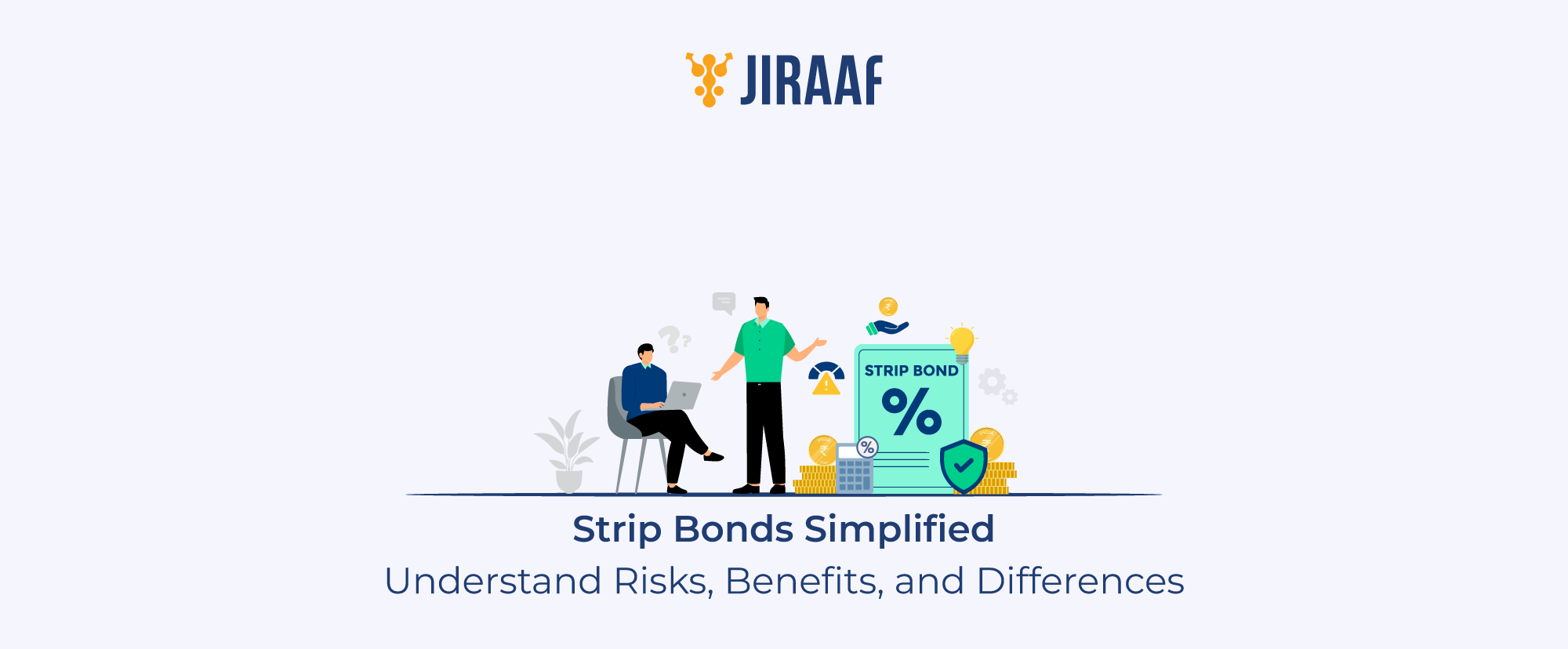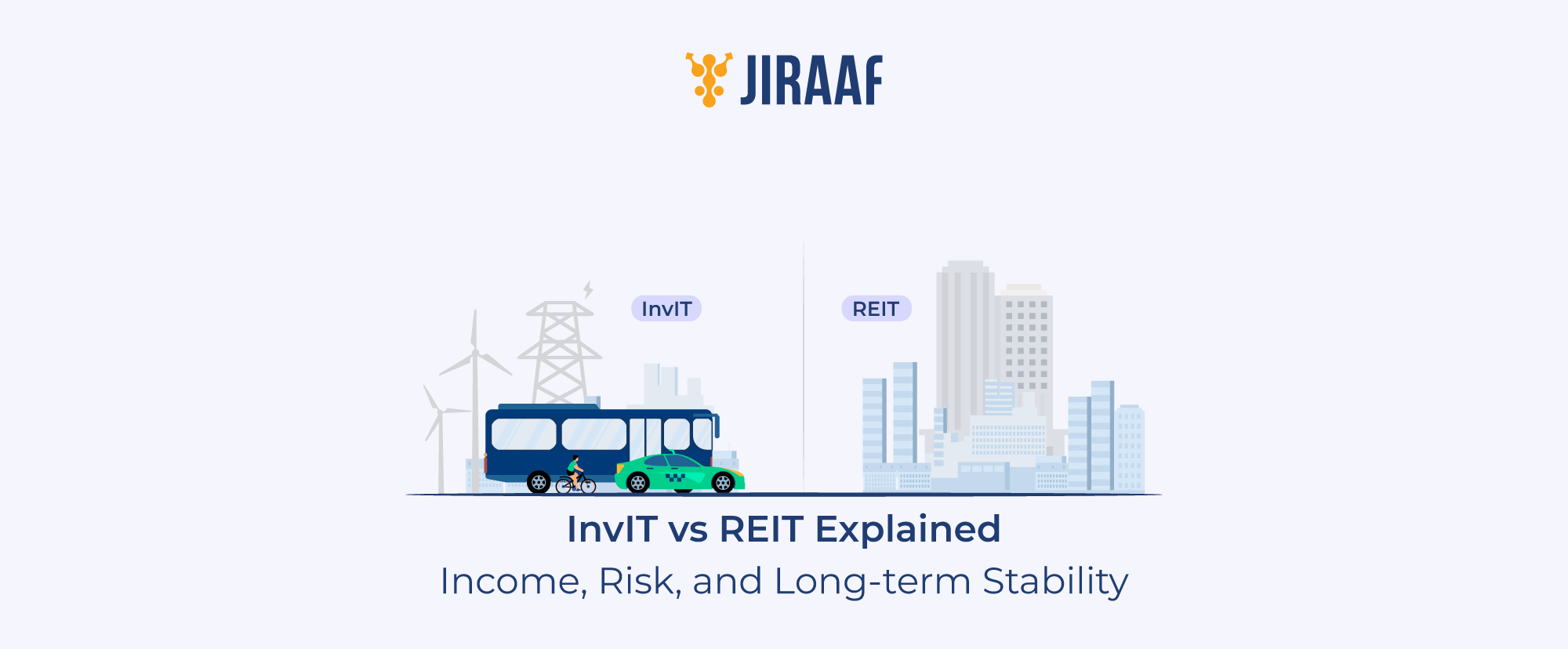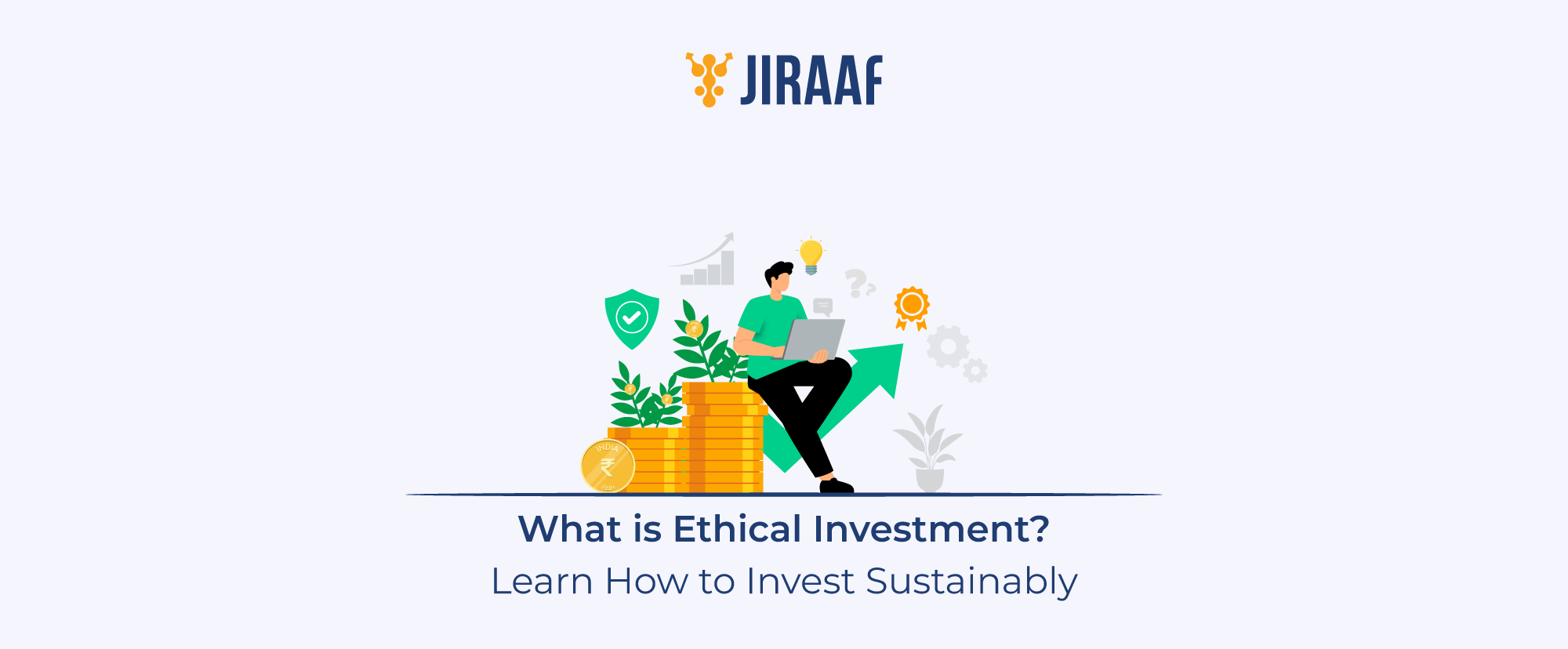In investment, just like in life, there’s a time to build, a time to balance, and a time to protect. As your career grows and your responsibilities shift, so does the role your money needs to play. Asset allocation helps your money keep pace with you, ensuring that every phase of your financial journey, from your first paycheck to your golden years, works toward the goals you set.
For retirement, this goal is stability and a comfortable life. Let’s explore how to plan your retirement portfolio with the right asset mix for every stage of life.
Principles of Retirement Asset Allocation
The golden rule of retirement investing is reducing risk as you age.
This principle, known as age-based asset allocation, ensures your portfolio becomes more conservative as you approach retirement.
Here’s how it works:
- When you’re 30–40 years old, your portfolio can have more equity exposure (60–70 or up to 80%) to drive long-term growth than stability.
- By 50–55 years, gradually reducing equity to around 20-40%, focusing more on debt and government-backed schemes than equities.
- After 60 years, your main goal should be income stability with equity exposure limited to 10-20% (to offset inflation) while allocating 70-80% on debt and government schemes, not high returns.
Fixed income asset allocation example for a 50-year-old investor:
- 40-45% of government-backed and fixed-income instruments (like PPF, FDs, SCSS, or RBI Bonds).
- 55-60% in debt mutual funds or balanced hybrid funds.
Also, remember to factor in:
- Future uncertainties: Plan for future uncertainties like inflation, taxes, and medical expenses.
- Emergency requirements: Maintain an emergency fund with at least 6–12 months of expenses in a liquid or savings instrument.
- Insurance cover: Secure adequate insurance cover, as health and term insurance are essential to protect your savings.
The best advice for building your retirement corpus is simple—start as early as you can. Now let’s see how to start a retirement portfolio.
How to Start Retirement Portfolio Allocation
Starting your retirement portfolio can feel overwhelming but breaking it down into key steps makes it manageable. Here are the important things to keep in mind as you begin allocating your investments:
- Define your goals: You should decide when you plan to retire and estimate your monthly needs
- Assess your risk appetite: Younger investors can afford more equity exposure; older investors should focus on capital protection.
- Diversify wisely: Don’t depend on one instrument—diversify with a mix of equity, debt, and government schemes
- Increase investments gradually: As your income grows, raise your SIP or contribution amount to stay ahead of inflation.
Equity, Debt, and Alternative Assets in Retirement
Building a retirement portfolio is about balancing growth and safety. A balanced asset mix can deliver better long-term returns while reducing risk.
During your working years, you can allocate in the following manner:
- 60-80% Equity: Invest in equity using mutual funds, index funds, or blue-chip stocks for long-term growth.
- 20-40% Debt: Invest in debt using debt mutual funds, AAA-rated bonds, or RBI bonds for stability.
Once you retired, it could shift to,
- 20-40% Equity: Invest in equity using low-risk equity mutual funds or large-cap funds for mild growth.
- 60-80% Debt: Invest in debt using safer options such as debt funds or bonds (rated A or above), or alternatively, opt for government-backed schemes like SCSS, POMIS, or fixed deposits for consistent income.
Sustainable Retirement Withdrawals
It is advised that you follow a withdrawal rule of around 3% annually, or no more than 2.6% if you’re a conservative investor, to ensure you don’t run out of money during retirement while your remaining corpus continues to grow.
Good options for Indian retirees:
- National Pension Scheme (NPS): This investment offers tax benefits under Section 80CCD and provides a flexible fund mix.
- Public Provident Fund (PPF): This scheme has a 15-year lock-in period and as of 2025 it provides 7.1% tax-free returns.
- Senior Citizen Savings Scheme (SCSS): As of 2025, the scheme offers an 8.2% interest rate, paid out quarterly.
- RBI Floating Rate Bond: These bonds are secure and government-backed, with interest rates set at NSC+0.35%, providing a competitive yield above the base NSC rate.
- Debt Mutual Funds: These funds are ideal for conservative growth and liquidity.
A common formula many financial experts recommend is
100 – Your Age = % of Equity in Your Portfolio
For example:
- If you’re 70 → 100 – 70 = 30% in equity
- If you’re 30 → 100 – 30 = 70% in equity
However, remember this is a guideline, not a strict rule. Everyone’s situation is different. You can also use 110 or 120 minus your age, for an inflation-beating portfolio.
Consider these factors before deciding.
- Debt levels: A person with no loans can afford a slightly higher risk.
- Health condition: A longer life expectancy means your investments must last, so plan with your health in mind. Bad health habits may increase future medical costs, while a healthier lifestyle can reduce financial strain in retirement.
- Income sources: If you have a pension, rental income, or another steady source of income, you can afford to take moderate risks with your investments.
- Dependents: Having more dependents requires you to prioritize capital protection to ensure their financial security.
The key is to create a portfolio that balances comfort and confidence — one that lets you sleep peacefully, knowing your future is secure.
Rebalancing Your Retirement Portfolio
Over time, your investments will grow at different rates. This causes your portfolio to mix to shift.
For example, equity might grow faster than debt, enhancing your risk of exposure along with potential gains.
That’s where rebalancing helps.
What is Rebalancing?
Rebalancing means adjusting your investments periodically to maintain your target allocation.
For example, if a 90:10 equity–debt allocation shifts to 10:20 due to market gains, you should rebalance by trimming equity and reallocating the excess into debt to bring the portfolio back to its intended risk level.
Why It’s Important
- Regular portfolio reviews help ensure that your risk exposure stays aligned with your comfort level and financial objectives.
- Rebalancing allows you to adjust asset allocations in response to changing goals and market conditions.
- It also enables you to book profits systematically and reinvest them into safer assets to protect long-term gains.
How Often to Rebalance
- Review your portfolio annually and reassess sooner if major market or policy changes significantly alter asset values.
- Generally, if any asset class drifts beyond 5-7% of its intended allocation, it should be realized to maintain your portfolio’s risk profile.
- You can use SIPs and SWPs strategically to maintain your desired asset allocation ratio automatically.
This ensures your portfolio remains stable, consistent, and goal aligned.
Final Takeaway: Tips for Creating a Safe & Effective Retirement Portfolio
A retirement portfolio isn’t built in a rush—it’s shaped slowly, with choices that reflect the life you want to live. It’s about creating reliability, dignity, and freedom in your later years.
Real success lies in staying committed: reviewing your plan, adjusting when life changes, and making sure your money lasts as long as you do. Whether it’s through NPS, PPF, or a balanced mix of equity and debt, the goal is simple—to give your future self the comfort of stability and the courage to live without financial fear. A thoughtful asset allocation plan ensures exactly that—not just wealth, but well-being.









